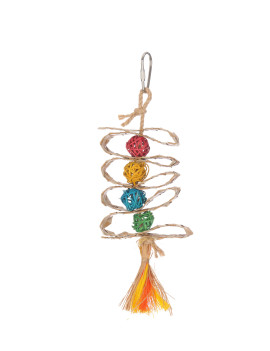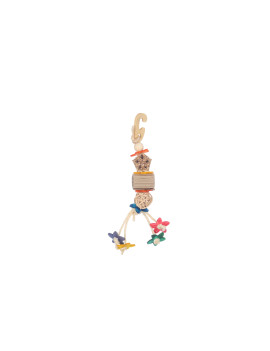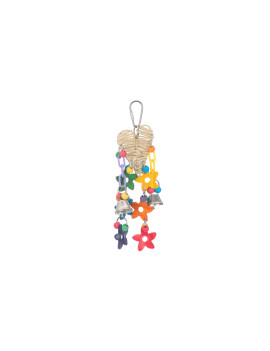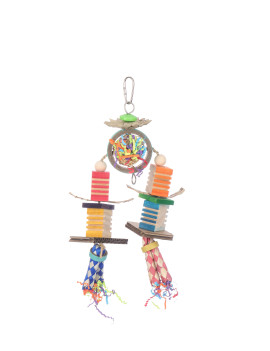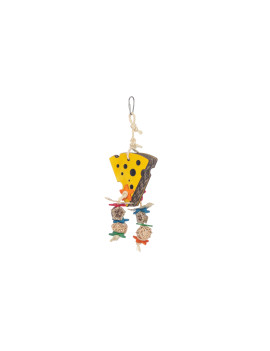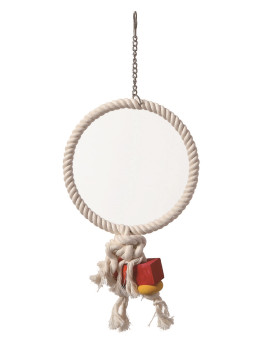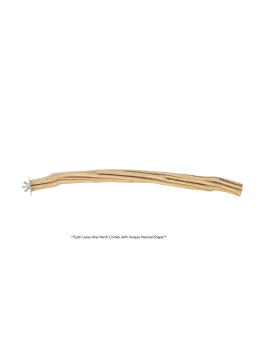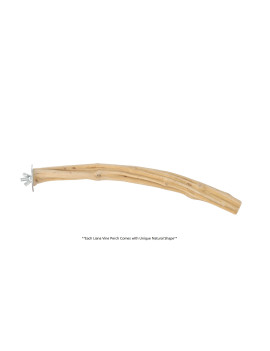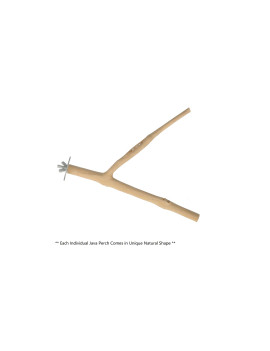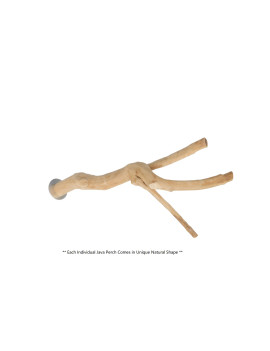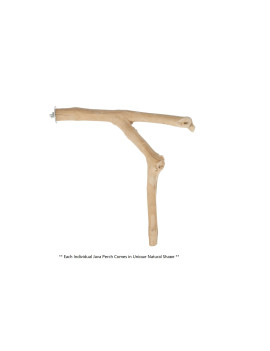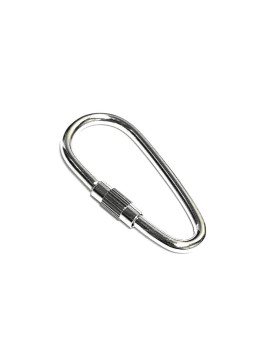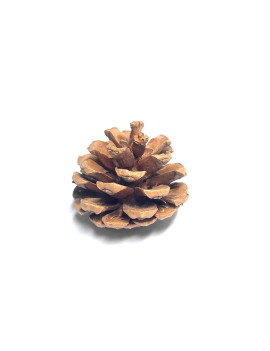Understanding Stress Bars in Birds and How to Manage Stress for Your Pet Bird
Birds are sensitive creatures, and changes in their environment, diet, or routine can lead to stress. One physical indicator of stress in birds is the appearance of stress bars on their feathers. Stress bars can indicate both past and ongoing stress in birds and often act as a visual signal to owners that their bird may need additional care or attention. In this article, we’ll explore what stress bars are, what causes them, and effective ways to manage and reduce stress in pet birds.
What Are Stress Bars?
Stress bars are horizontal lines that appear across a bird’s feathers, usually in darker or lighter shades than the rest of the feather. These lines often appear on the flight feathers, which are the large feathers on the wings and tail. Stress bars can weaken the feather’s structure, making it more prone to damage or breakage.
Birds typically develop stress bars during the feather growth process, and these bars can persist until the next molt. While a few stress bars may not be a concern, numerous bars can signal ongoing or severe stress that requires intervention.
Causes of Stress Bars in Birds
Several factors can contribute to stress in pet birds, which can lead to the formation of stress bars. Here are some common causes:
- Dietary Deficiencies: An imbalanced diet lacking essential nutrients, especially proteins, can hinder feather development and lead to stress bars.
- Environmental Changes: Birds are highly sensitive to changes in their environment. Moving to a new home, rearranging the cage, or even changes in household dynamics can be stressful.
- Inadequate Mental Stimulation: Birds, particularly intelligent species like parrots, require regular mental stimulation. Without toys, activities, or interaction, they can become bored and stressed.
- Illness or Pain: Health issues, infections, or injuries can cause physical discomfort, contributing to stress. Regular health check-ups with an avian vet are essential to catch and treat any underlying issues early.
- Sleep Disruptions: Birds need around 10-12 hours of uninterrupted sleep each night. Bright lights or loud noises at night can interrupt their sleep, adding to stress.
- Social Isolation: Birds are social animals and require regular interaction, either with other birds or with their human caregivers. Lack of attention or isolation can lead to anxiety and stress.
How to Manage and Reduce Stress in Pet Birds
Reducing stress in pet birds is crucial to their overall health and well-being. Here are some effective strategies to help manage and prevent stress in your feathered friend:
1. Provide a Balanced Diet
Ensuring your bird receives a balanced diet is essential for both feather and overall health. Include a mix of high-quality pellets, fresh fruits, vegetables, and proteins. Consult with an avian vet for dietary recommendations tailored to your bird’s species and specific needs.
2. Create a Stable Environment
Birds thrive in stable, predictable environments. If you need to make changes, introduce them gradually to avoid overwhelming your bird. When cleaning the cage or introducing new toys, do so one at a time to let your bird adjust comfortably.
3. Offer Mental Stimulation and Enrichment
Mental enrichment helps prevent boredom, which can be a major source of stress. Invest in a variety of bird-safe toys, and consider rotating them to keep your bird engaged. Interactive playtime, foraging activities, and puzzle toys are excellent ways to provide mental stimulation.
4. Establish a Regular Sleep Routine
A consistent sleep schedule is crucial. Cover the cage at night or place it in a quiet, dimly lit area to encourage restful sleep. Avoid disturbances from televisions, loud conversations, or bright lights during your bird’s sleep hours.
5. Ensure Social Interaction
Spend quality time with your bird daily. Birds enjoy simple interactions like talking, petting, or allowing them to perch on your shoulder. If you’re often away, consider getting another bird as a companion or provide ample toys to keep your bird company.
6. Regular Vet Check-ups
Regular health check-ups can catch underlying health issues before they become serious. Consult with an avian vet to ensure your bird is in good health, and follow their recommendations on diet, exercise, and environmental care.
7. Observe for Signs of Stress
Monitor your bird’s behavior and feather condition. If you notice stress bars or signs of stress like feather plucking, vocalizations, or aggression, address potential stressors and consult a vet if necessary.
Final Thoughts
Stress bars are a common indicator that a bird may be experiencing some level of stress. By understanding and addressing the causes of stress in pet birds, you can ensure a happier, healthier environment for your feathered friend. Consistent care, a balanced diet, a stable environment, and regular interaction are key to keeping your bird calm and stress-free.


